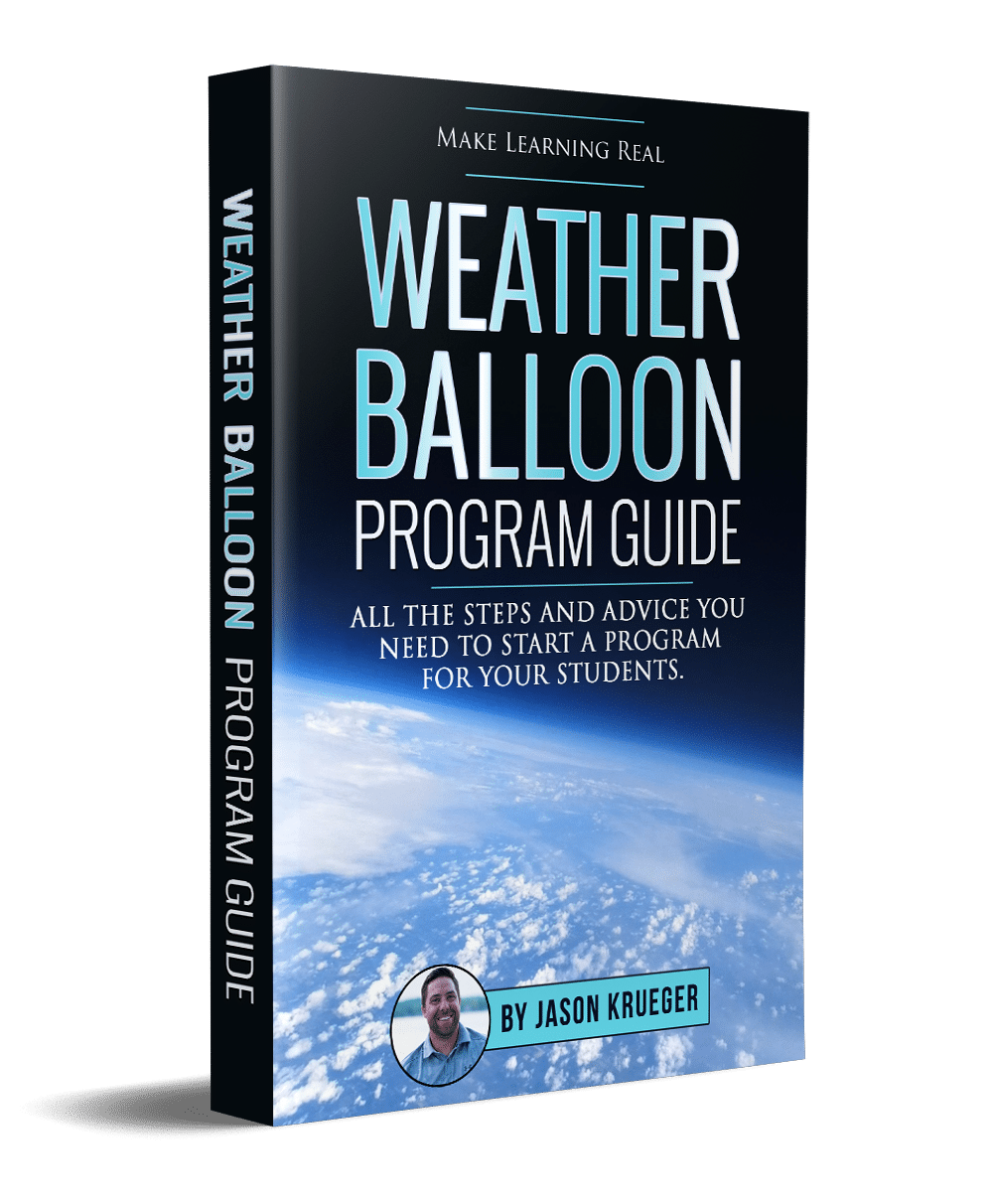Have you ever wondered what it would be like to stand on the surface of another planet? To look up at a night sky and see a different view other than the one you see on Earth? Scientists as far back as Galileo have wondered the same things. Today, scientists are diligently working and searching for planets that humans can live on. While some have resigned to study the conditions of nearby planets and find a way for humans to adapt to the environment, others are still focused on space exploration and finding a planet just like ours.
Space Exploration: Searching For The Perfect Exoplanet
It’s hard for us to believe a time existed where people didn’t think the planets in our Solar System revolved around the sun. It wasn’t until Galileo proposed in the 16th century that the sun is at the center of our solar system and everything revolves around it. However, once this concept was accepted, scientists began hypothesizing that other planets outside of our solar system, known as exoplanets, revolve around their own sun.
While the first exoplanet wasn’t actually discovered until 1995, scientists haven’t stopped searching for a planet so similar to our own that we could indeed live there. But, that elusive planet may not actually exist.
Finding the Perfect Planet
Astronomers and scientists use what’s known as the “Goldilocks” principle to search for a habitable planet. You see, in order for another planet to support human life, it has to have just the right temperature, atmosphere, and orbit around a star.
There are so many variables involved that it’s nearly impossible to find the perfect planet. In recent years, scientists have discovered a large amount of exoplanets, but close to none of them could actually support human life. For example, Kepler 10b, an exoplanet in another solar system, is close to the size of Earth, but it’s too close to its star for human life.
In 2015, scientists discovered Kepler-452b, another near-Earth-sized planet that orbits a sun similar to ours and has a year only 20 days longer. While it’s only slightly warmer than what we are used to, the planet is thought to be completely covered in volcanoes.
Then, just last year, scientists discovered another Earth-like planet orbiting one of our closest neighboring stars, Proxima Centauri. Currently, this planet is the best candidate we have for supporting human life.
Journeying Through Space In Your Classroom
While we may never actually make it to these planets because it would take tens of thousands of years and once we do get there the planet may be so hostile that we couldn’t live there, we aren’t giving up! Today, we continue to explore our universe and every galaxy we can find. Whether it’s in search of the next Earth or looking to discover a way to make Mars habitable, scientists continue to search and discover every day.
With StratoStar’s help, you can make space discoveries, too! By launching a high-altitude weather balloon to the edge of space, you and your classroom can discover something amazing. We’ll help you design a high-altitude science experiment, launch it to the edge of space, and then analyze what happens. Your students will love the hands-on learning and they’ll be excited about the project!
Contact StratoStar to get started!



